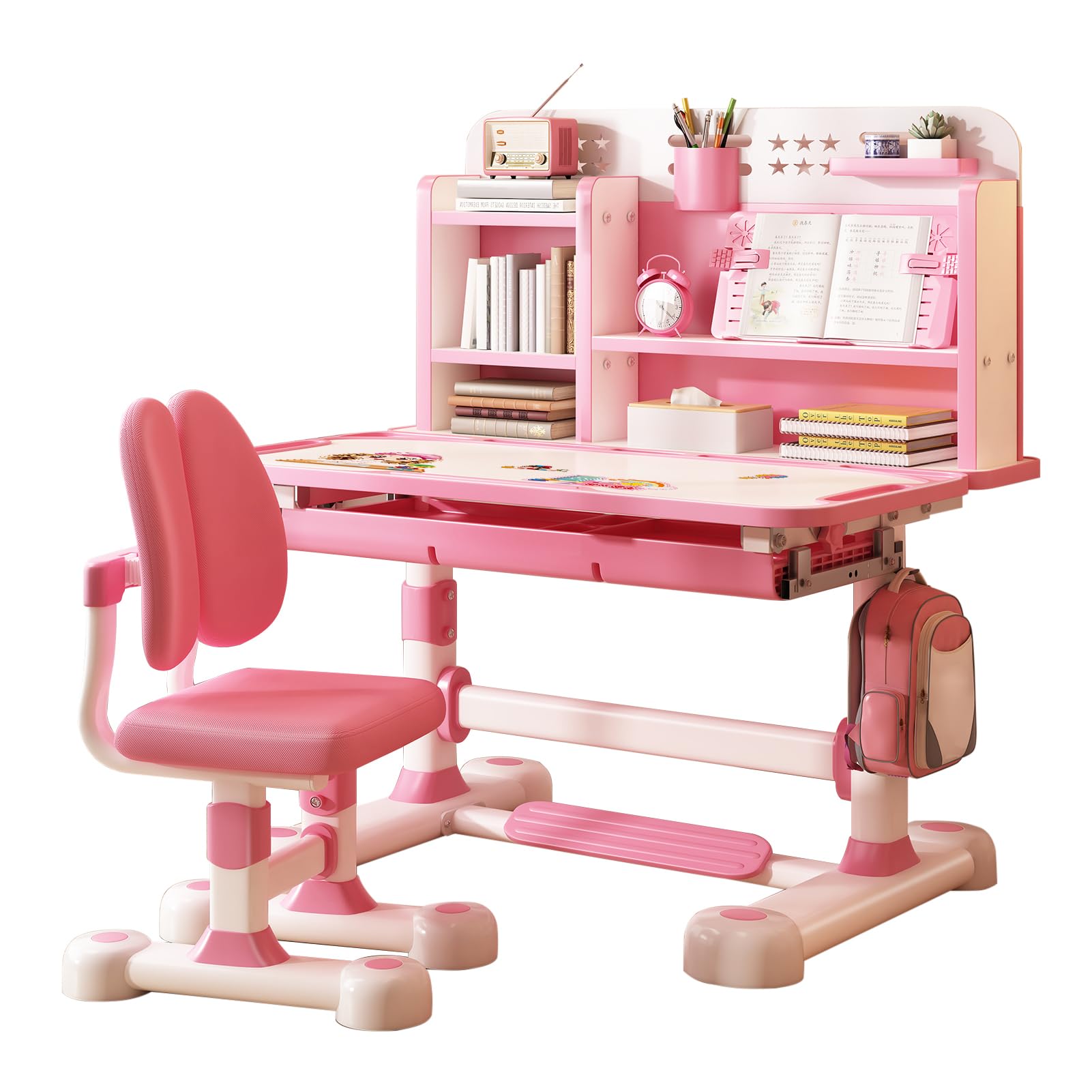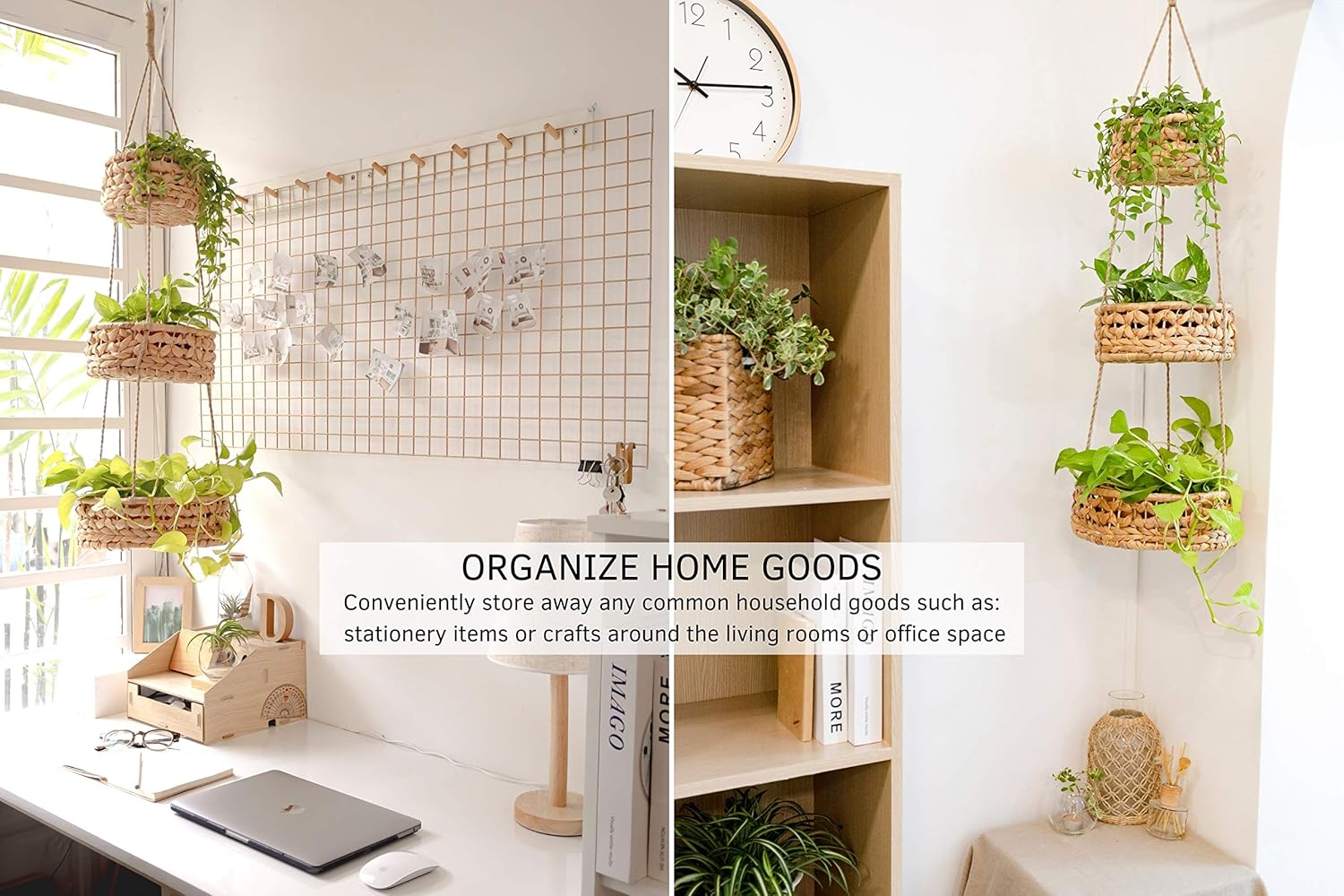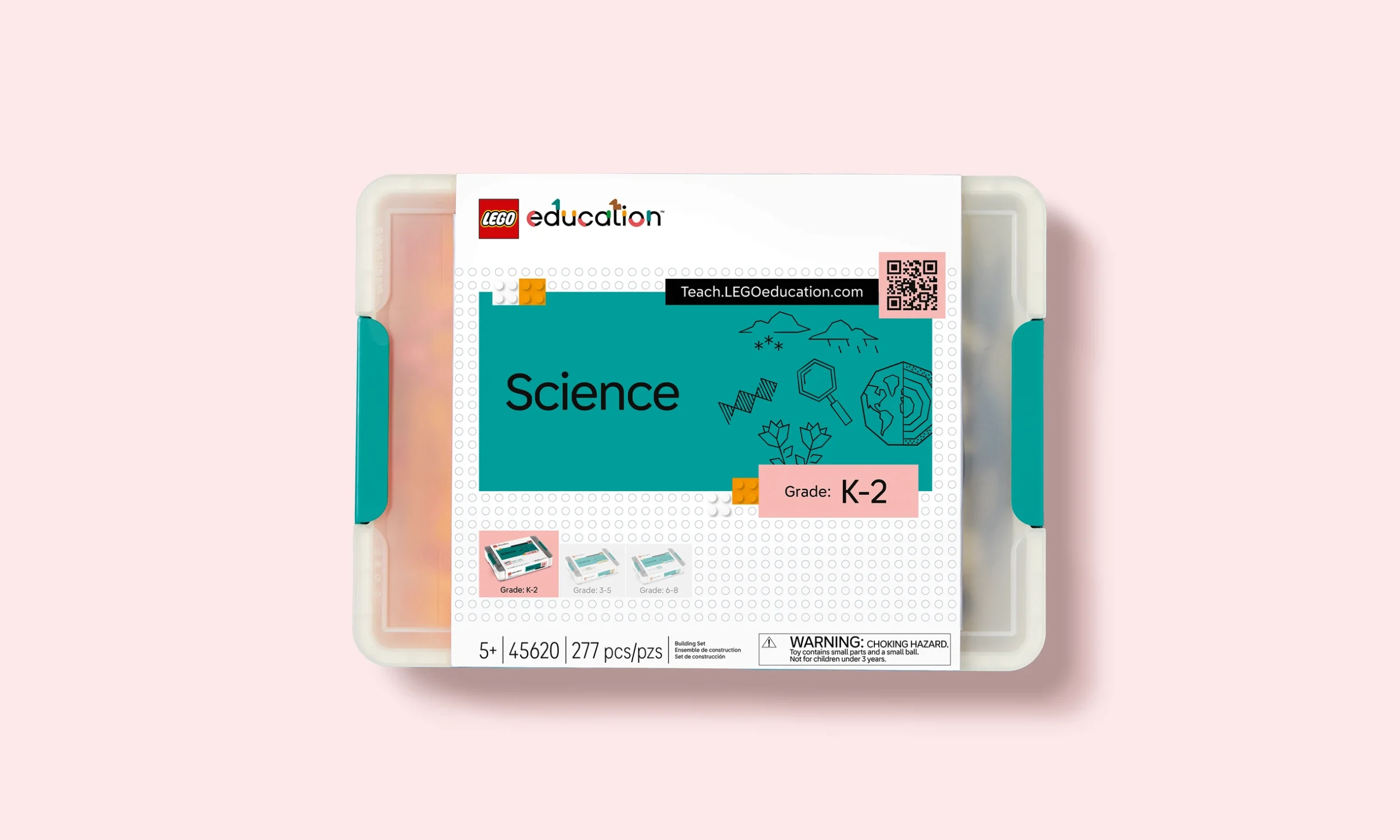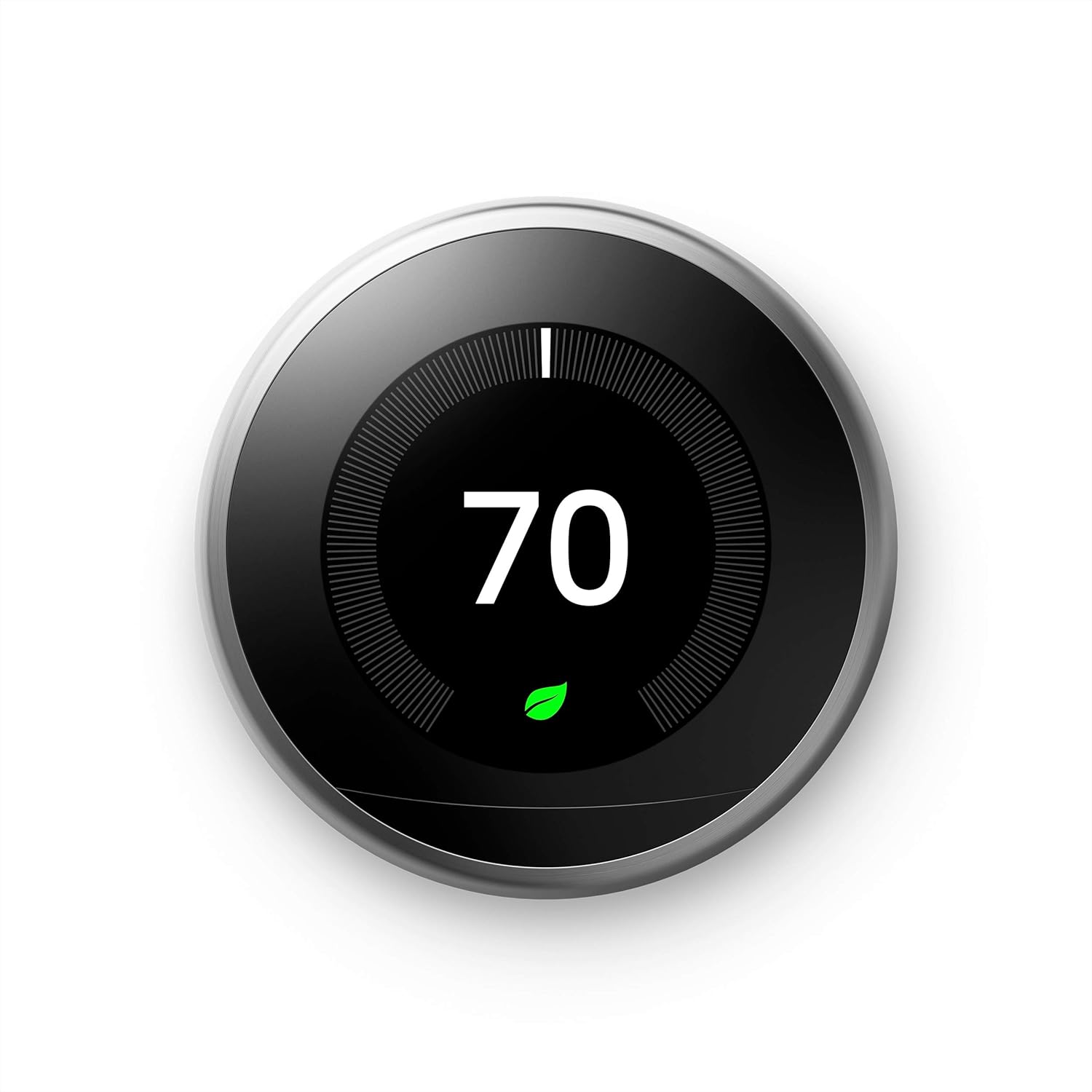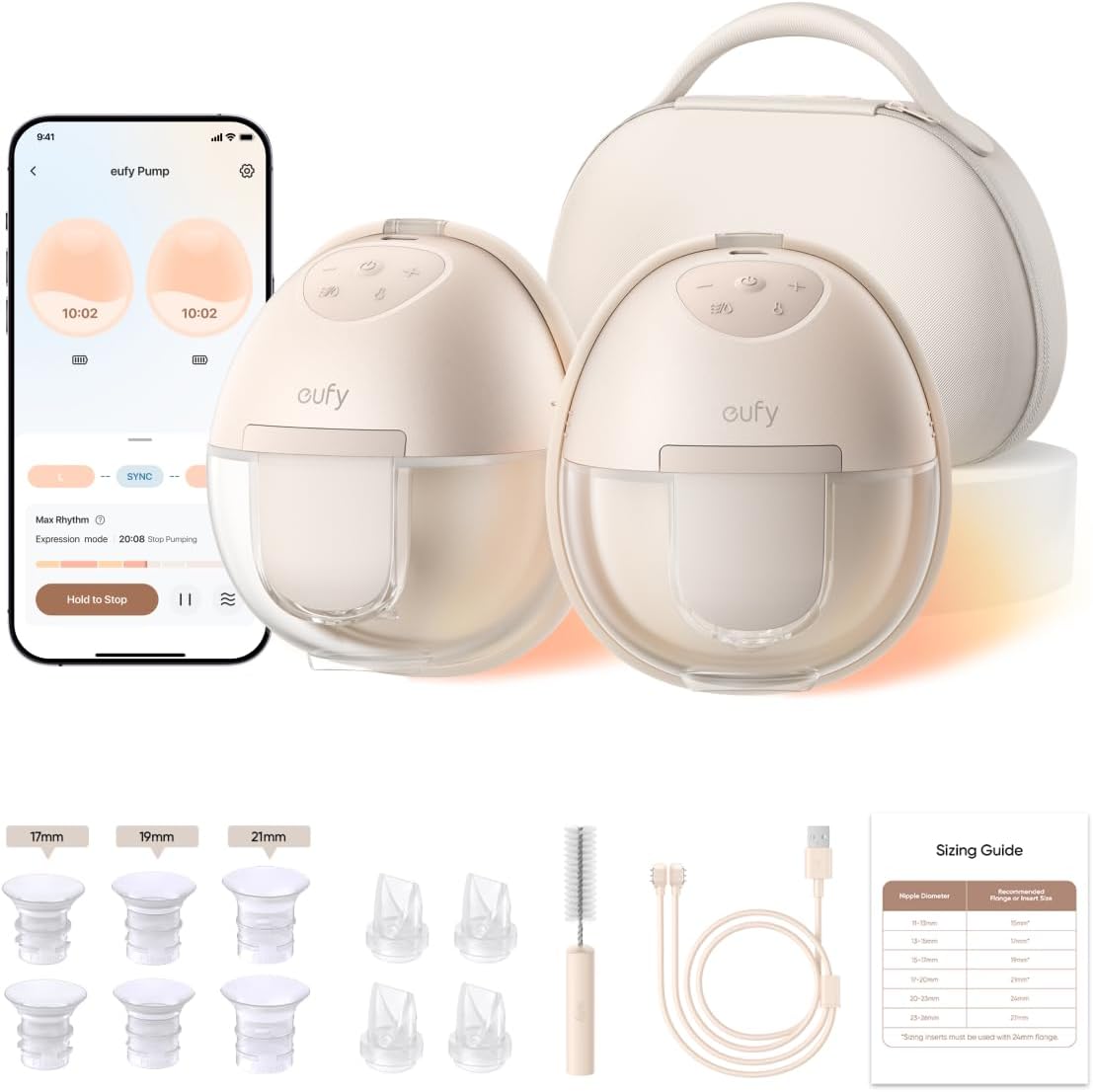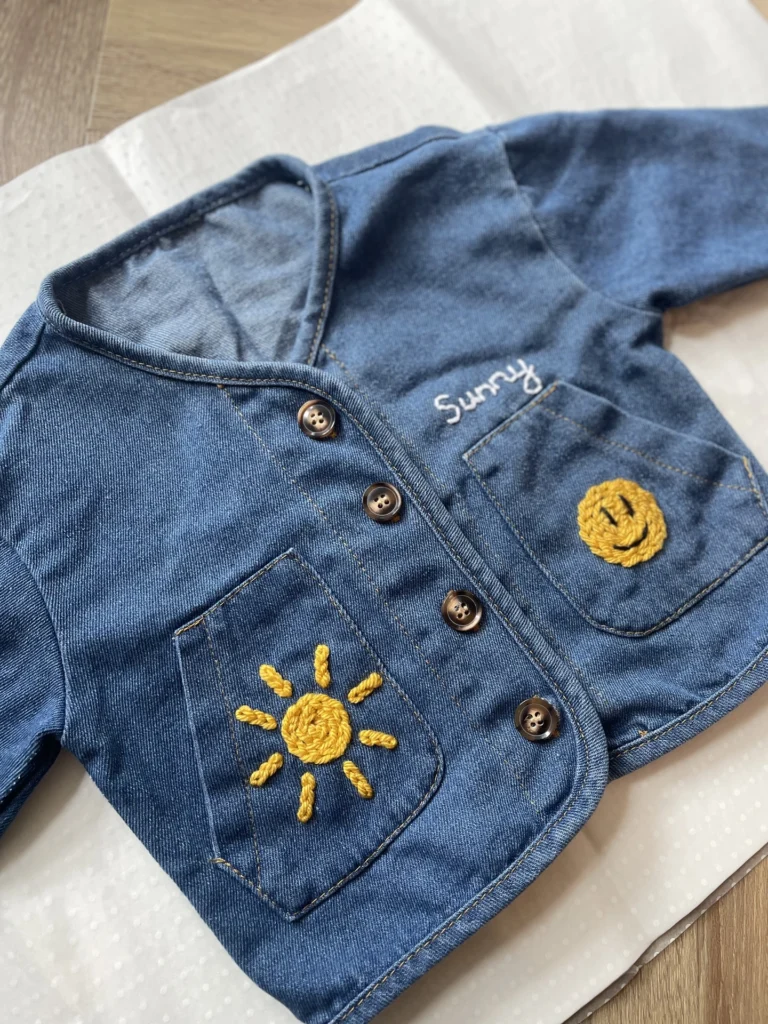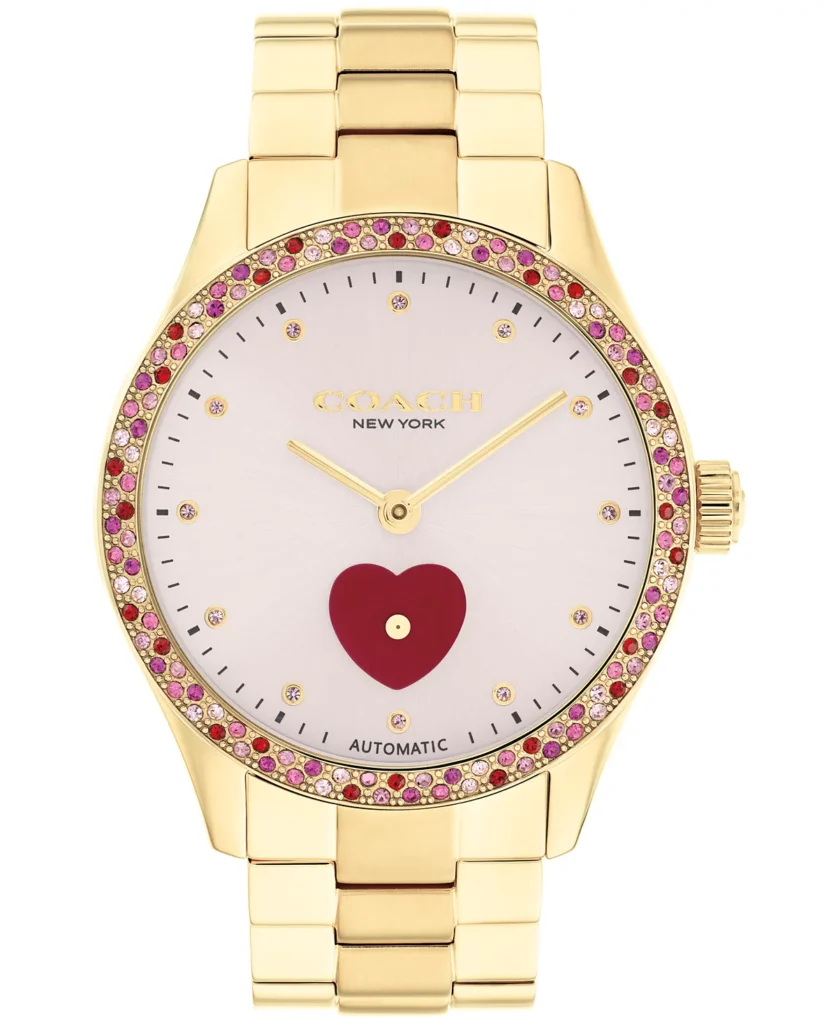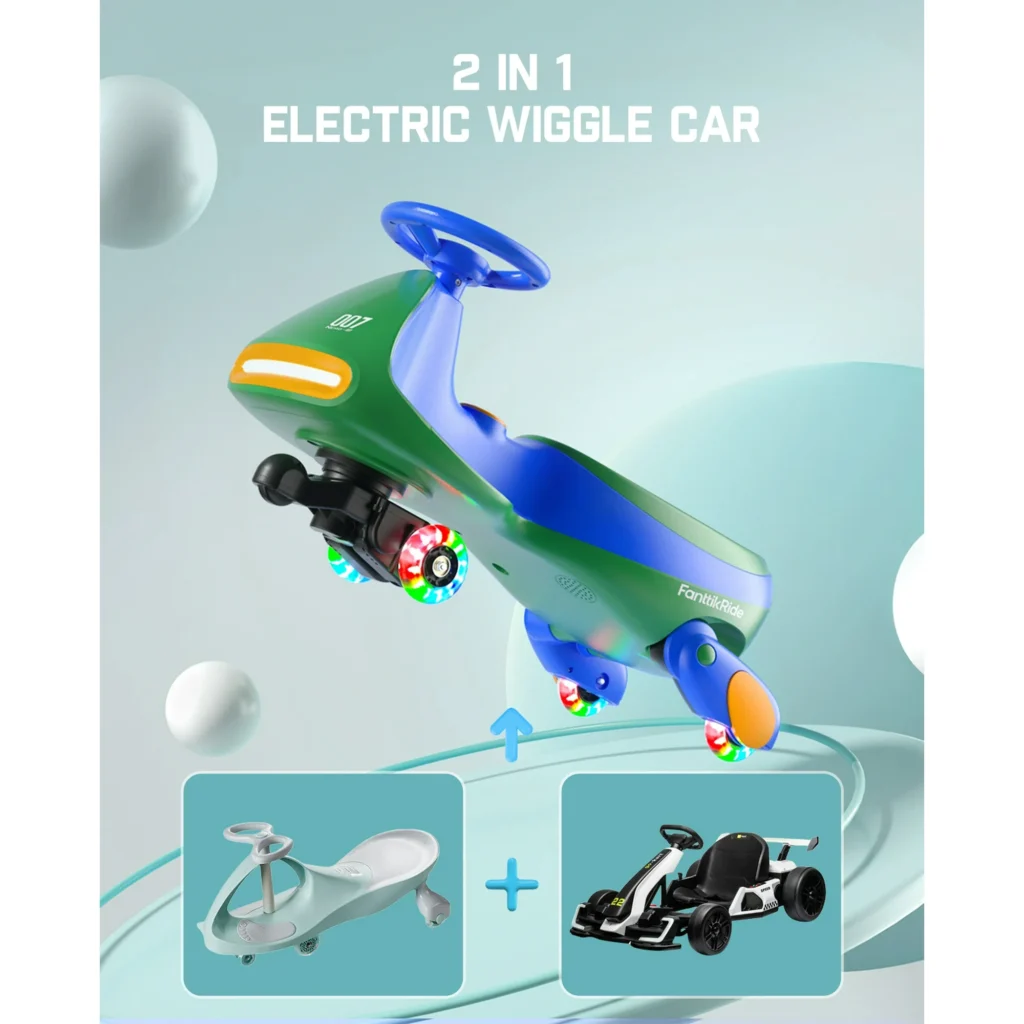A good desk doesn’t just hold books—it holds habits. The Yinleader Kids Study Desk & Chair Set gives kids a place where work feels doable and creativity feels invited: a surface that’s theirs, a seat that fits, a light that flatters the page, and just enough storage to keep pencils findable and messes reversible. When a child knows exactly where to sit, where to put the paper, and how to turn on the lamp, you’ve already removed half of the friction from reading, writing, and drawing.
In this article, we’ll build a study nook around the Yinleader set that fits real life. You’ll get a quick-start layout, posture and lighting cues that actually stick, a first-week routine that makes homework less of a battle, and age-smart ideas for using the built-in book stand, drawer, hooks, and lamp. We’ll add a few short bullet lists where they help—and keep the rest in easy, parent-first prose.
Shop the Yinleader Kids Study Desk & Chair Set
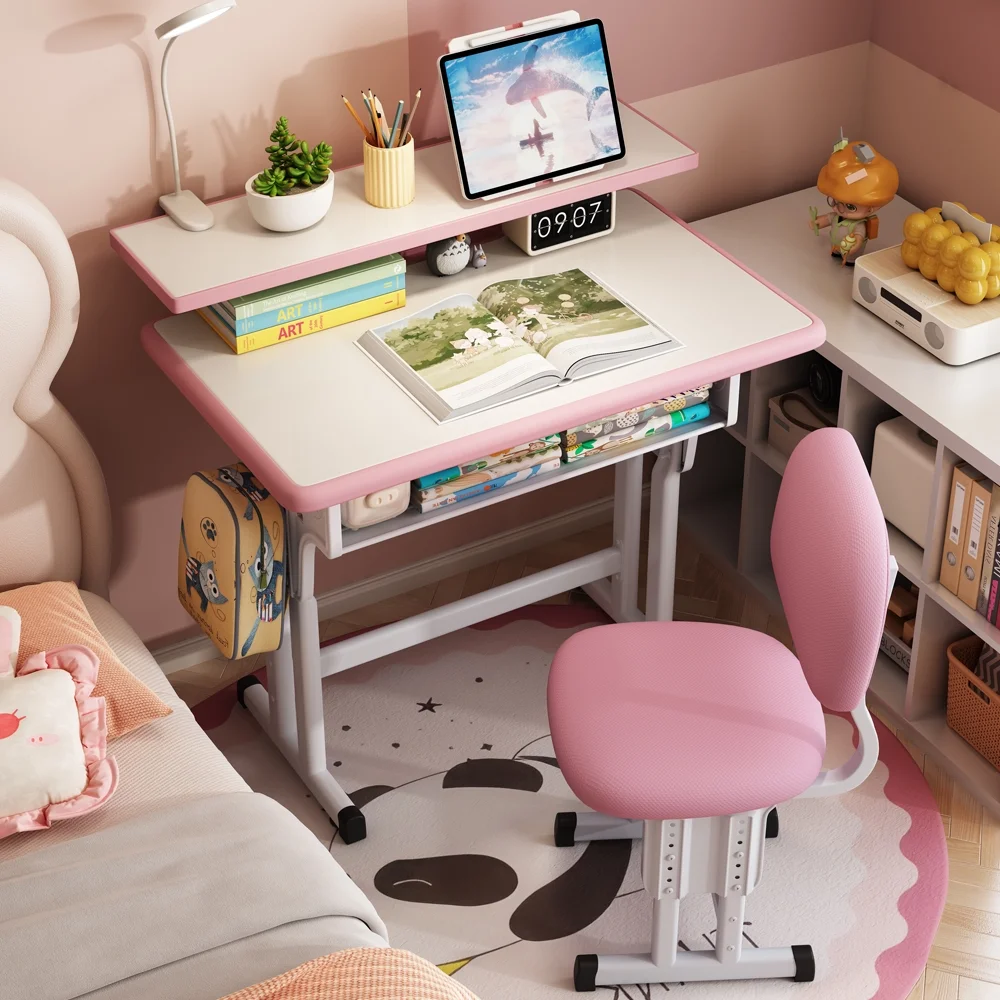
Why a child-sized workstation changes the day
Kids aren’t miniature adults; they’re growing bodies with growing attention. A desk and chair that meet them where they are encourages posture that feels natural, not forced, and that comfort buys you minutes of focus you don’t get at the kitchen table. The Yinleader chair helps hips settle and feet ground; the desk surface keeps elbows supported; the lamp removes the squint from late-afternoon pages. Add a book stand to lift the text to eye level and, suddenly, handwriting looks neater because shoulders aren’t reaching and necks aren’t craning. The goal isn’t perfect ergonomics—it’s reliable comfort that makes starting easier and sticking with it more likely.
A quick, confidence-building layout
Place the Yinleader desk against a quiet wall, ideally near natural light but out of traffic lanes. Keep the lamp on the non-dominant side (left of the paper for right-handers, right for left-handers) so the writing hand doesn’t cast a shadow. Store just the essentials in the drawer: two sharpened pencils, a small eraser, a fine-tip marker, scissors, glue stick, a few colored pencils. Hooks are for headphones or a small tote that holds today’s folder—visible, reachable, not piled. The book stand belongs on the back edge so the surface stays open for writing and projects.
Shop the Yinleader Kids Study Desk & Chair Set
Posture, lighting, and page placement (no jargon)
Watch three things: feet, elbows, eyes. Feet should land flat (use a small box as a footrest if they dangle), elbows should rest lightly on the desktop so shoulders relax, and eyes should look slightly down at the page or straight at the book stand. Angle the notebook a touch—about the width of a hand—for cleaner handwriting lines. Turn the lamp so light falls across the page without glare. If your child rubs eyes, shadows are probably too strong; shift lamp angle or dim a ceiling light to balance.
Tiny cues that stick
- “Feet find the floor, shoulders find the breath.”
- “Lamp kisses the page, not the eyes.”
- “Book stands tall; pencil dances sideways.”
A first-week routine that earns buy-in
Day 1 is a tour, not a test: name each part of the Yinleader set and let your child put tools in the drawer. Sit for two minutes—draw a star, write a name, turn on the lamp—and end with a high-five. Day 2 adds a “start ritual” (sit, feet flat, lamp on, take one breath). Day 3 introduces the “finish ritual” (return pencil, close book, tuck headphones, flip lamp off). By Day 4–5, try a three-block session: five minutes reading on the stand, five minutes writing at the surface, two minutes tidying. Weekend Day 6–7, use the desk for something fun—drawing a comic, building a small model—so the space becomes “mine,” not just “homework.”
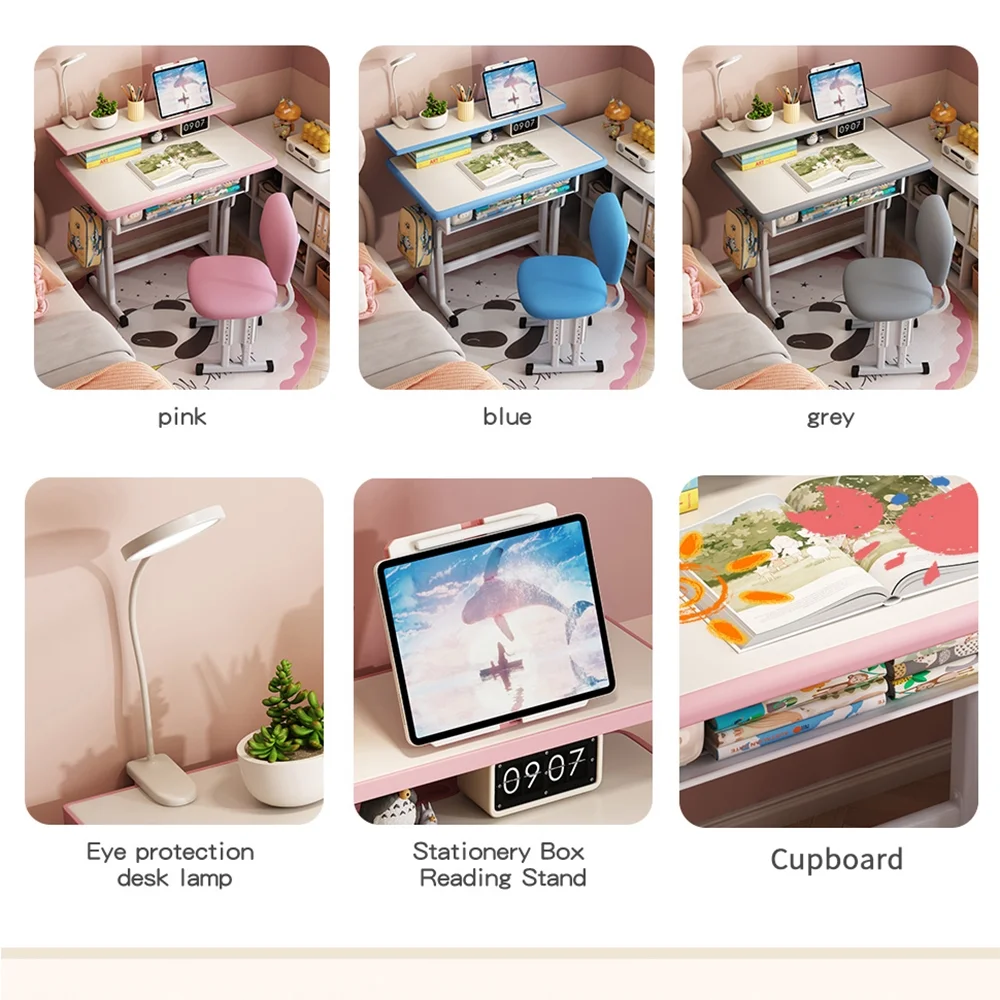
Making the most of the book stand
A book at eye level is less about posture and more about attention. When kids don’t have to hold pages open, hands are free to annotate, point, or copy a line without losing place. Use the stand for: read-aloud chapters, copywork that strengthens spelling, reference charts (multiplication, sight words), and step-by-step craft instructions. For budding artists, prop a picture book open and draw from it—eyes on the stand, pencil on the page. For music learners, a simple sheet on the stand turns the desk into a practice station.
The drawer and hooks = focus insurance
A deep drawer is a blessing if it’s curated and a curse if it’s crammed. Keep it lean. Put overflow supplies elsewhere so the desk feels like a cockpit—everything reachable, nothing distracting. The side hooks win back surface space: hang a small zip pouch with today’s flash cards, a water bottle with a secure lid, or a corded headset for language apps. When a child can set up and clean up in sixty seconds, the habit survives Tuesday energy and Friday brains.
Micro-organizing that works
- Drawer: pencils ×2, eraser, sharpener, glue, scissors, 6–8 colored pencils.
- Pouch: today’s flash cards or phonics strips.
- Stand: current book or reference chart—only one at a time.
Age-smart use (and siblings who share)
For early learners, the Yinleader station is a “touch and try” zone: trace letters, circle pictures, copy a single word, draw the story. Keep sessions at 7–10 minutes, twice a day, and celebrate the ritual more than the result. For grades 1–3, build a simple menu: read on stand → write on surface → practice math. Timers help—set one per block and let your child press start and stop. For siblings sharing a desk, color-code pouches and give each child a dedicated drawer divider. Post a tiny schedule: blue = 4:00–4:25, green = 4:30–4:55. Predictability trumps refereeing.
Homework, projects, and creative fuel
The desk should see more than worksheets. Rotate “creative hours” so the space signals possibility: a mini easel for painting day, a Lego tray for engineering day, a map for travel-journal day. The lamp’s pool of light creates a boundary kids understand—inside the circle we’re working, outside we’re free. Pair working blocks with a movement chaser (ten chair squats, three wall push-offs) so wiggles don’t build into battles.
Shop the Yinleader Kids Study Desk & Chair Set

Focus tools (that don’t fight kids’ brains)
Not every child needs noise-cancelling. Start simpler. A small visual timer on the desktop offers a clear finish line. Sticky notes become micro-checklists (“read 2 pages; write 3 lines; put pencils away”). A single fidget—like a textured sticker on the chair rail—satisfies hands without stealing eyes. If distraction creeps in, turn the chair ninety degrees to face the wall, but keep the desk under a parent’s line of sight for quick, warm check-ins.
Tiny scripts that help
- “What’s your plan for these five minutes?”
- “Pick one: read on the stand or write first.”
- “When the timer’s red is gone, we tidy.”
Cleaning and care (teach it, then hand it over)
Wipe the desktop with a soft cloth at day’s end, dust the lamp head weekly, and empty pencil shavings before they spill. Make your child the steward: at the start of each month, they “graduate” dull supplies to the family bin and restock their drawer with two fresh pencils and a clean eraser. Ownership is the difference between a station that works for a week and one that works all year.
For teachers and homeschoolers
One or two Yinleader stations can transform a corner into a calm work zone. Use the book stand for fluency practice, the drawer for decodable readers, and the lamp for a gentle “this table is open” signal during centers. Post a laminated checklist at the desk so students self-manage: sit → lamp → read → write → tidy. In homeschool, split morning time between siblings: one at the desk on copywork while the other does hands-on math at the kitchen table; then swap.
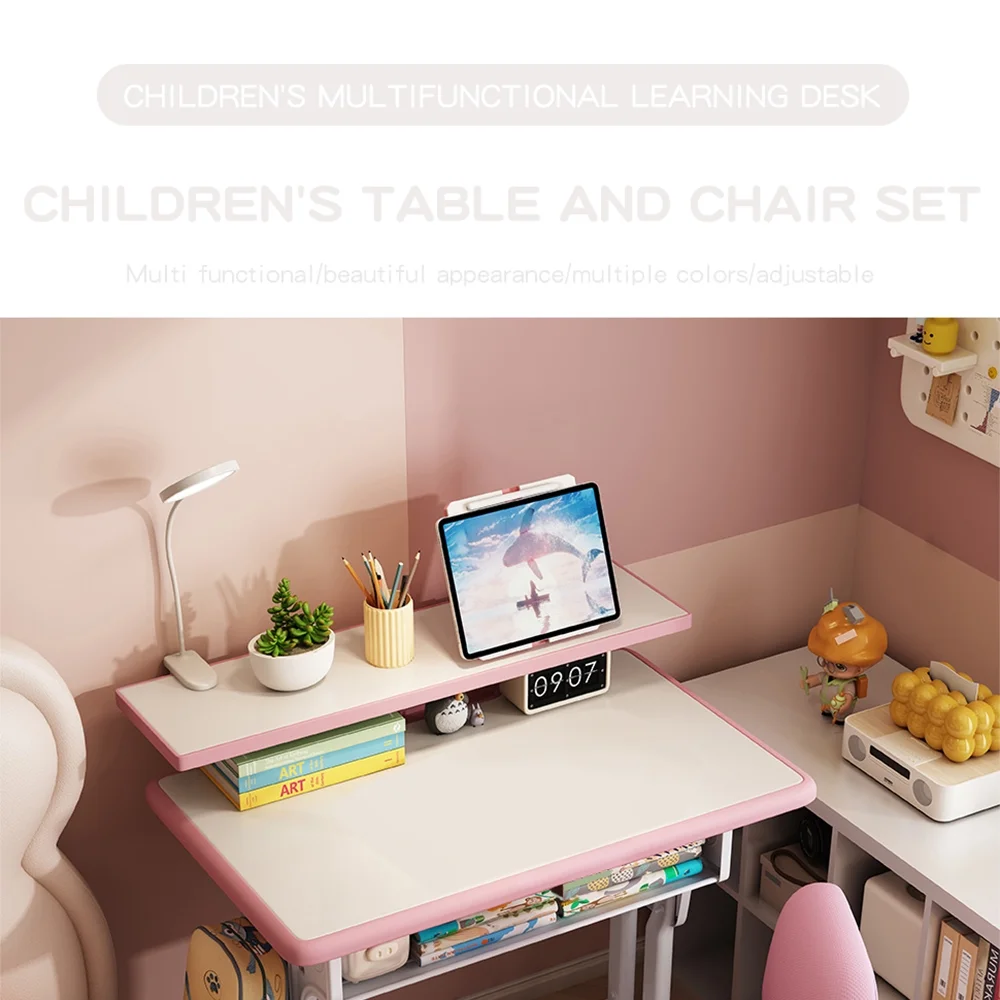
Conclusion
When kids have a space that fits their body and their day, effort gets easier. The Yinleader Kids Study Desk & Chair Set turns homework into a rhythm—sit, breathe, light on, read, write, tidy—and turns creativity into a habit. With a right-sized chair, a steady surface, a helpful lamp, a stand that saves the neck, and storage that nudges order, you’ve built more than a desk. You’ve built a small promise: this is the place where your work belongs, and you belong in your work.
Shop the Yinleader Kids Study Desk & Chair Set
FAQ
- How long should study blocks be at this desk?
Start with 10–15 minutes for early learners and 20–25 for grades 2–4. Short blocks with clear transitions beat marathon sessions. - Where should the lamp go for left-handed writers?
On the right side of the desk so the writing hand doesn’t cast a shadow across the page. - What belongs in the drawer vs. elsewhere?
Drawer: daily essentials only. Bulk supplies live in a separate bin so the workstation stays simple and fast to reset. - How do I reduce fidgeting without scolding?
Ground the feet (small footrest), add a tiny textured sticker to the chair rail for quiet tactile input, and use short movement breaks between tasks. - Is the book stand only for reading?
No—use it for copywork, reference charts, craft instructions, sheet music, or a visual schedule. - What’s a good homework sequence for this setup?
Read on the stand, write on the surface, then review with a parent. End with a two-minute tidy so tomorrow starts clean. - Can siblings share one desk peacefully?
Yes—color-code pouches, post a mini schedule, and keep time with a visual timer. Ownership + predictability = fewer arguments. - How do I encourage tidiness without nagging?
Make cleanup part of the ritual: “When the timer ends, we return pencil, close book, hang pouch, lamp off.” Praise the reset, not the perfection. - Where should the desk live in a small apartment?
Against a bedroom wall or a quiet living-room corner with a rug to mark the zone. Keep tools in the drawer so the surface can double as a nightstand or side table. - How do I keep this station feeling positive, not punitive?
Mix in creative use—drawing, model-building, journaling—so the desk holds wins as well as work. The more joy the space sees, the easier homework feels.

